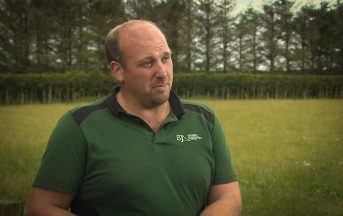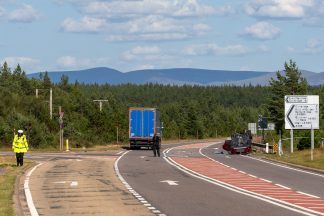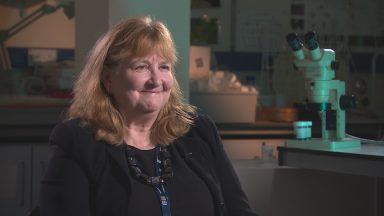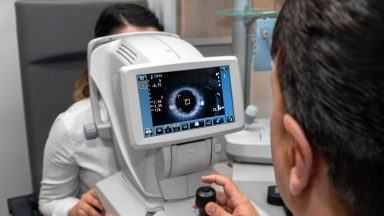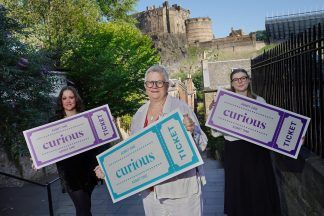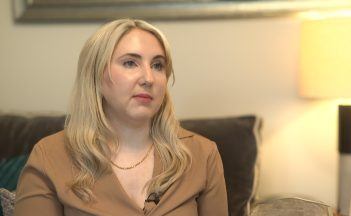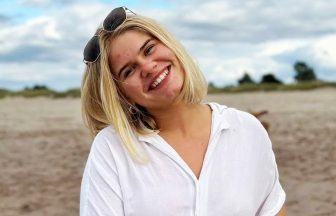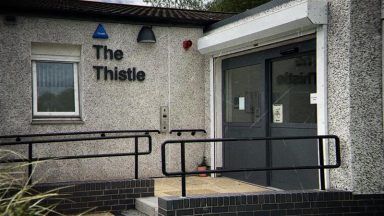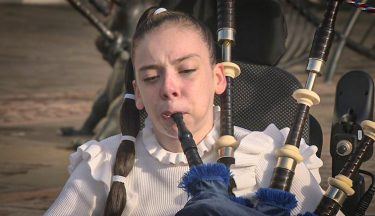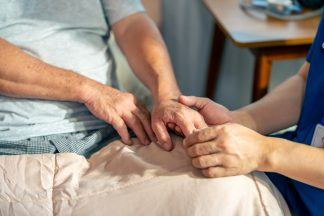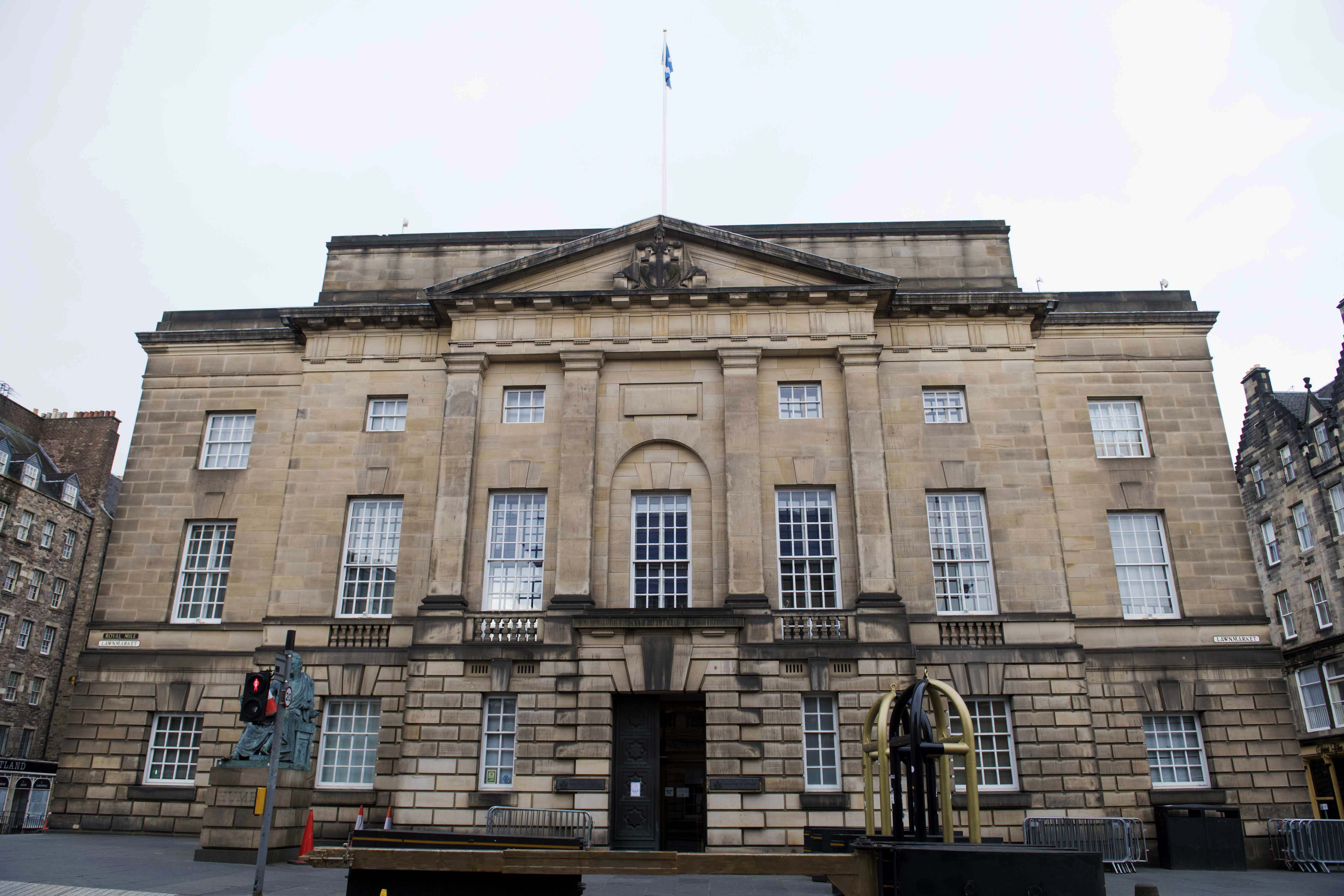Former colleagues and friends of murdered Aberdeen scientist Dr Brenda Page gathered to remember the “inspirational” woman as a memorial was unveiled in her name.
Brenda was discovered dead in her home on the city’s Allan Street in 1978.
It took more that four decades for the killer, her ex-husband Christopher Harrison, to be found guilty of her murder.
The 82-year-old was convicted by a majority verdict at the High Court in Aberdeen on March 9, 2023.
He was sentenced to life imprisonment with a minimum period of 20 years, meaning he will be 102 before he’s first eligible.
On Friday, a plaque was unveiled and a tree was planted in Brenda’s memory on the Foresterhill hospital campus in Aberdeen.

Brenda’s former colleagues Diane Sandison and Diane Massie were part of the group that attended.
Diane Sandison said: “She was a happy person, she was a very nice person, gentle, she always had time to help people.”
Diane Massie also recalled fond days working together, adding: “I was learning genetics and Brenda would take the time and patience to show me what was required. A lovely, lovely woman.”
Brenda had been the principal of the genetics department at the University of Aberdeen before her death in 1978.
She moved to the city in 1973 with her then husband Christopher ‘Kit’ Harrison.
However, within five years, the couple had divorced and Brenda was found brutally murdered in her own home. It would go on to be a case unsolved for 40 years.

Ms Massie added: “Really, really pleased that we got justice in the end.
“It’s pretty ironic that it was genetics that actually got him in the end.”
Ms Sandison said: “But we all suspected that – everybody suspected that it was him.”
Zosia Miedzybrodzka now leads the university’s medical genetics department.
Paying tribute to Brenda after the tree planting ceremony, she said: “Brenda laid the foundation for genetics in healthcare.
“Not only in the north of Scotland but the knowledge that she acquired, she shared with colleagues internationally.
“So she was very much there at the heart as we learned what chromosomes are and how they behave.
“Now, today, we still use those same techniques that she set up – albeit they are digitised.”
Follow STV News on WhatsApp
Scan the QR code on your mobile device for all the latest news from around the country


